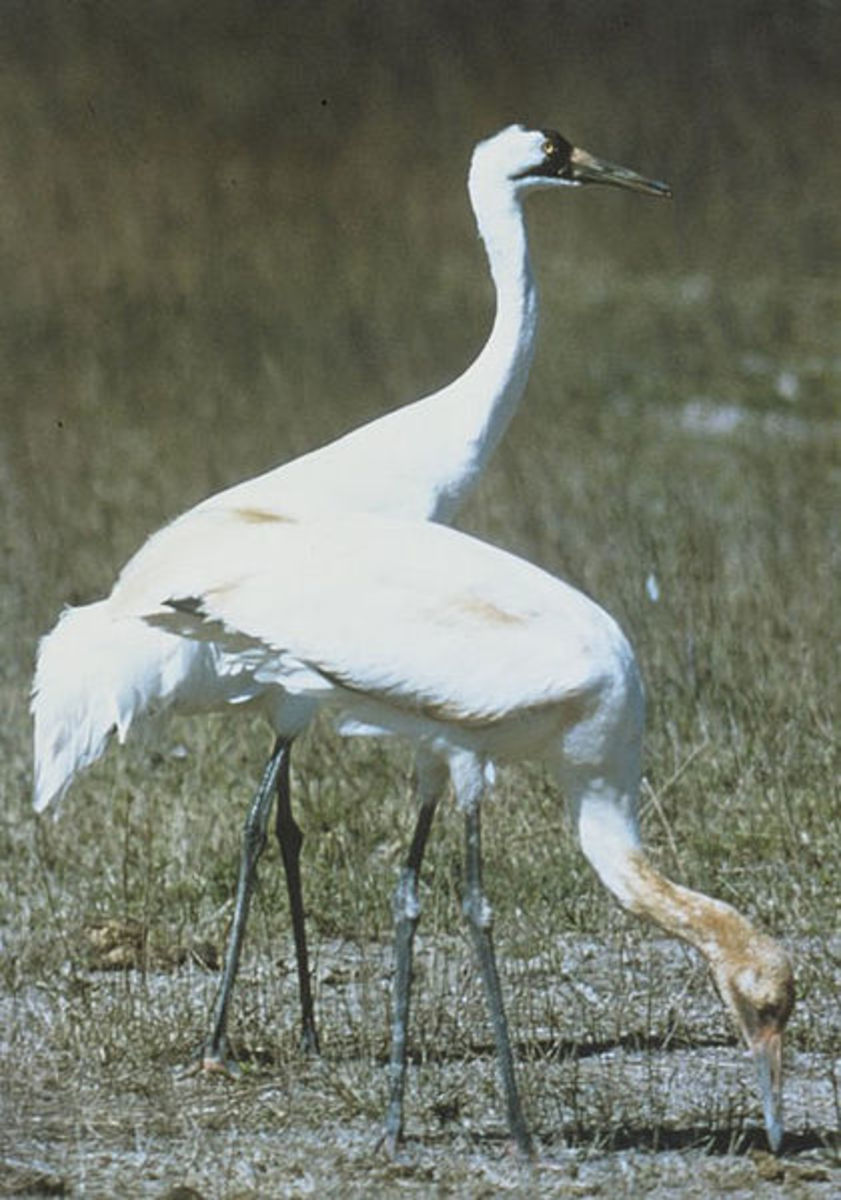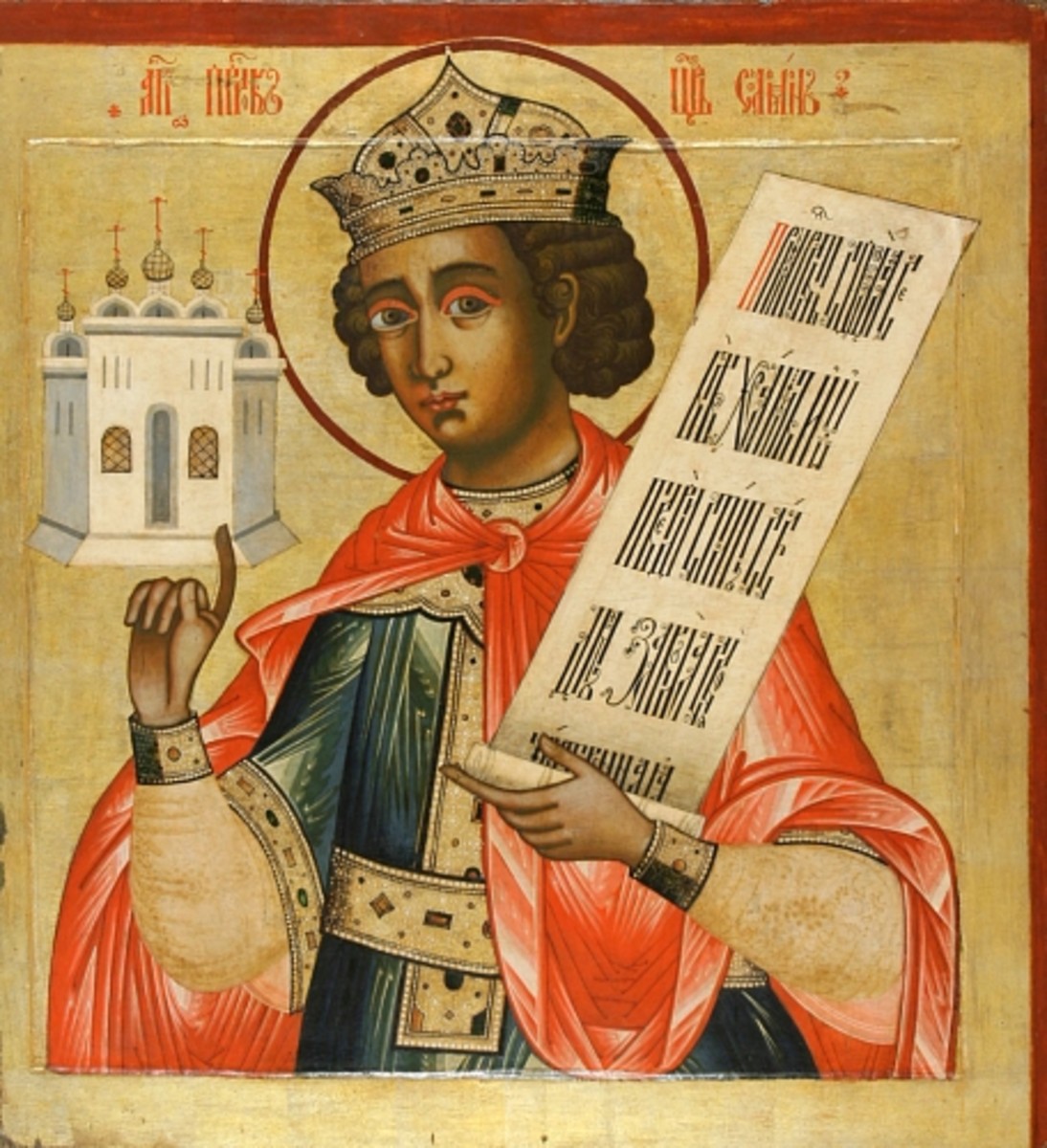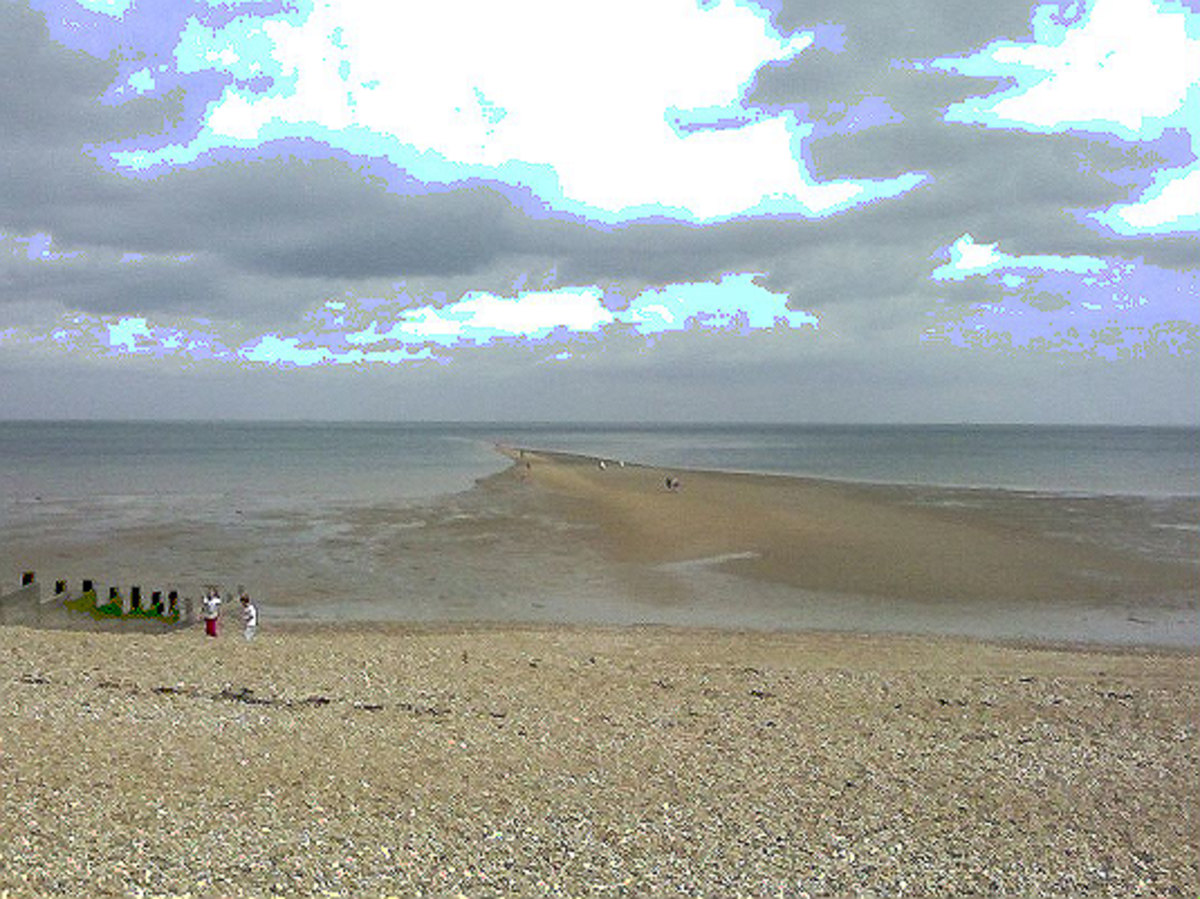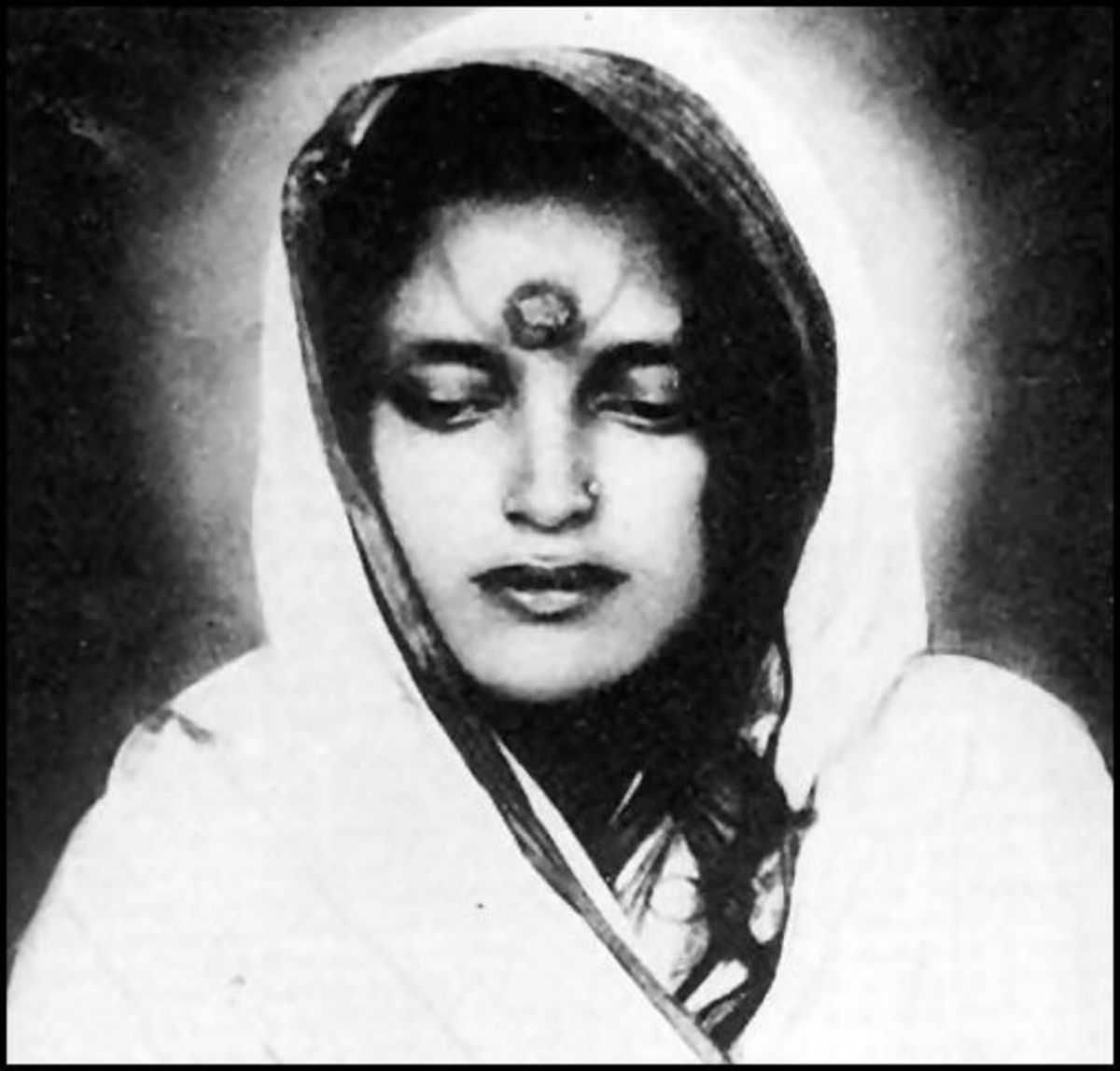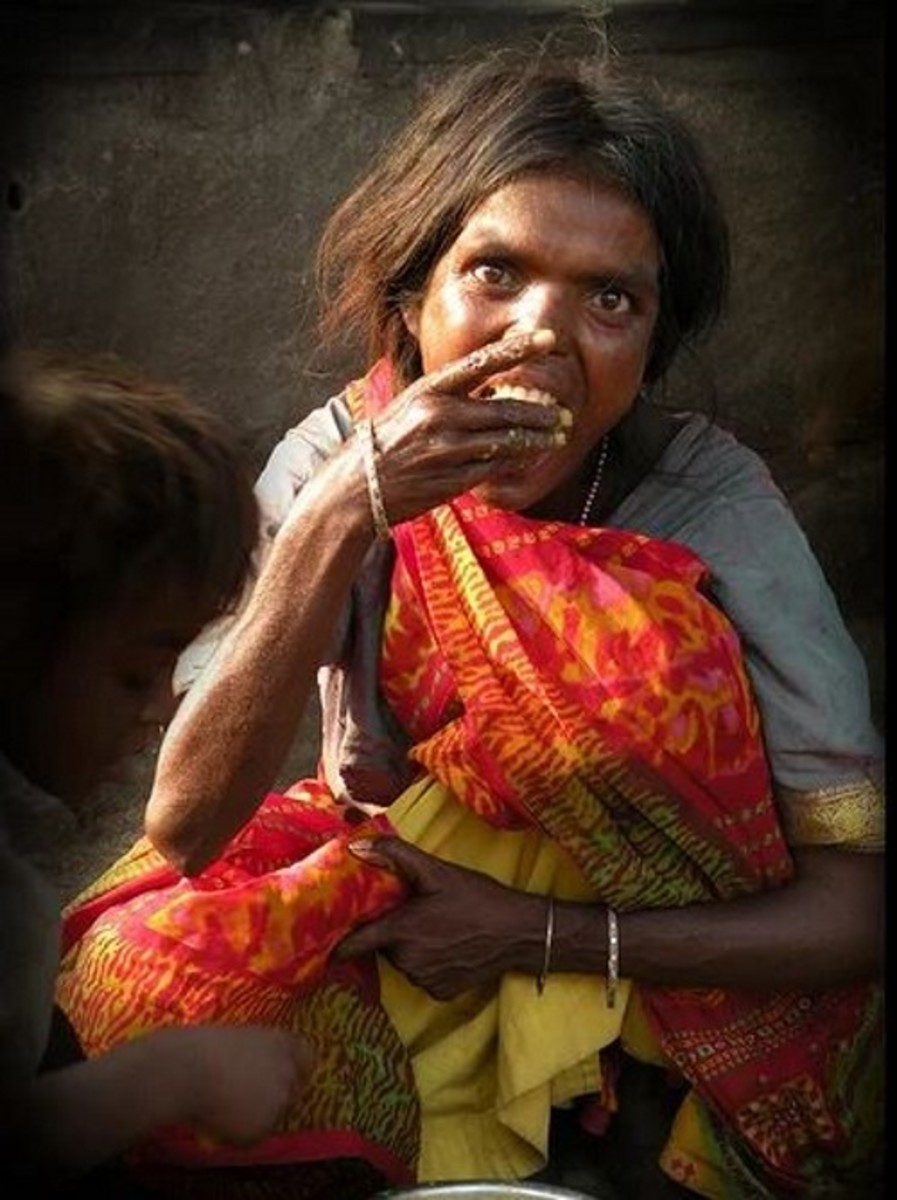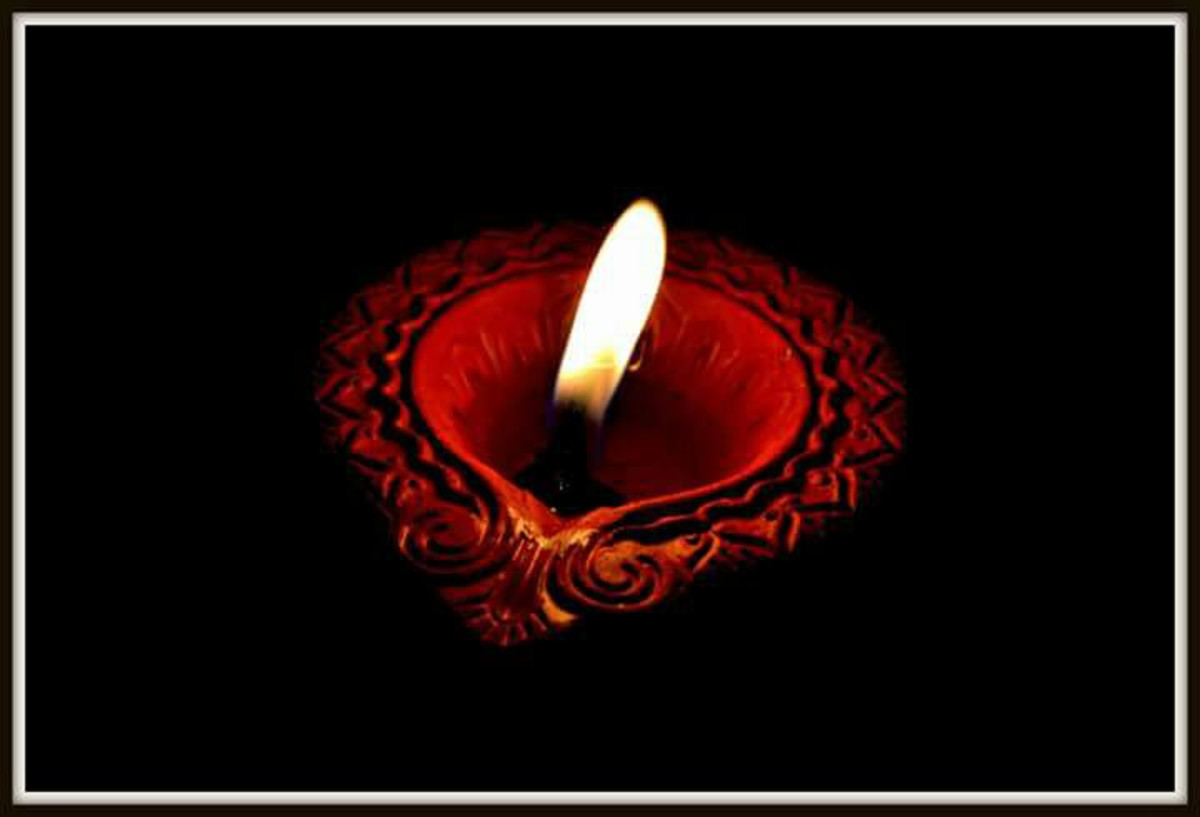Seven Lucky Gods of Fortune and Treasure Ship

The seven gods of fortune and the treasure ship “Takarabune” is a very popular Japanese folklore.
Members of Shichifukujin
As a group, these seven deities are known as the Shichifukujin (七福神). They symbolize the essential virtues of man.The members are from the different traditions of Japan, China and India, namely:
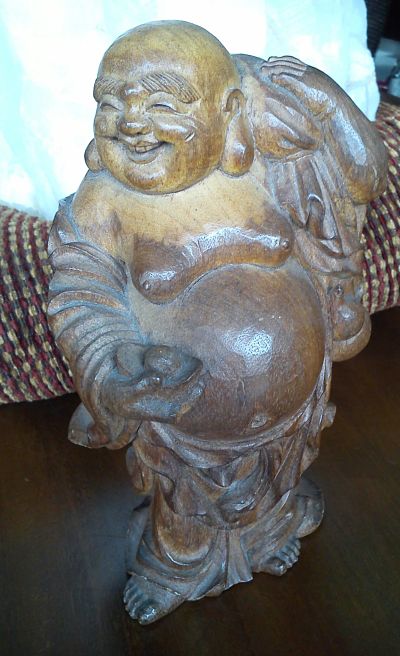
Hotei (布 袋 和 尚) (Associated virtue = Magnanimity)
- God of Contentment and Happiness
He is from the Buddhist tradition and commonly known as the Laughing Buddha. The large bag that he carries over his shoulder is believed to contain riches (usually abundant supplies of rice). He is usually depicted as holding a ceremonial fan.
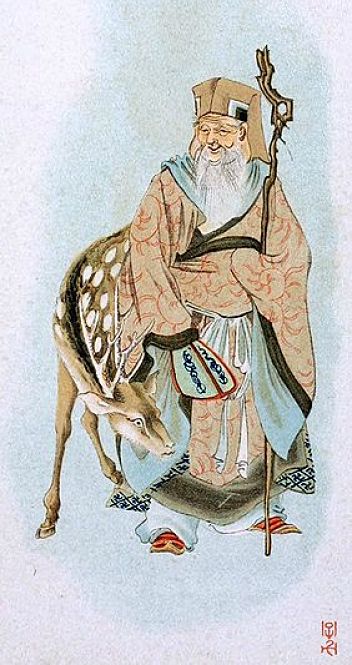
Jurojin (寿 老 人) (Associated virtue = Longevity)
– God of Wisdom and Longevity
He originates from the Taoist tradition. The Chinese sage-looking old man has a long white beard. The scroll, which is attached to his staff, is said to contain all the wisdom of the world, as well as the longevity secret. A crane, a deer, or a tortoise is sometimes seen at his side, symbolism of longevity.
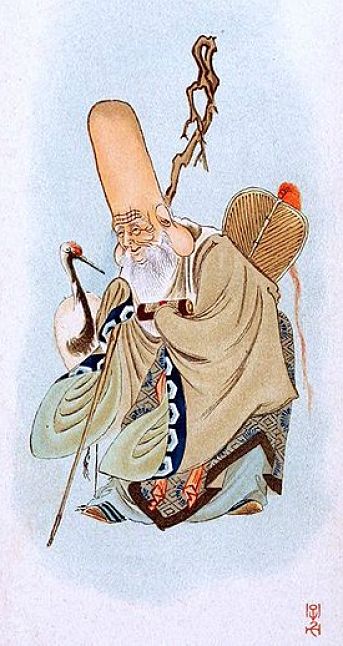
Fukurokuju (福 禄 寿) (Associated virtue = Popularity)
– God of Wisdom, Longevity, Virility and Fertility
He shares the same origin as Jurojin’s. Both were originally manifestations of the Southern Star deity in the Taoist tradition.
He has a high forehead, a dome-shaped bald head and a long white beard, symbolizing wisdom and age. He wears a long, flowing Chinese costume and holds a walking stick.
Like Jurojin, he also has a scroll that contains the sacred teachings and worldly wisdom. He is accompanied by a crane or a turtle, symbolizing longevity. Sometimes, a black deer (believed to be over 2,000 years old) is seen by his side.
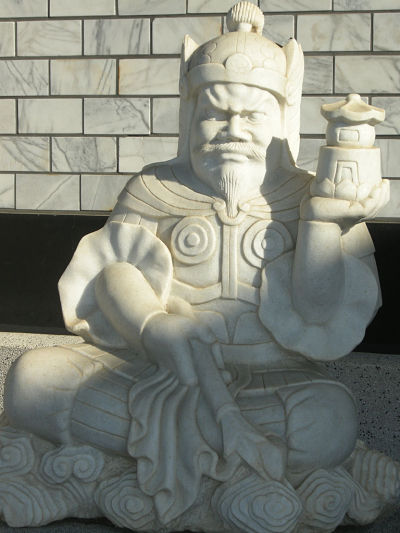
Bishamonten (毘 沙 门 天) (Associated virtue = Dignity)
– God of Dignity, Good Fortune, Wealth, Happiness, Righteousness and Religious Faith
He originates from Hindu-Buddhist tradition. He is tall, with a bushy beard, and holds a treasure pagoda. Wearing armour and a helmet, he is armed with a spear. He is the chief of the Four Heavenly Kings, who are the guardians of Buddhism.
The pagoda symbolizes the divine treasure house, whose contents he both guards and gives away to people who are worthy of receiving the good fortune.
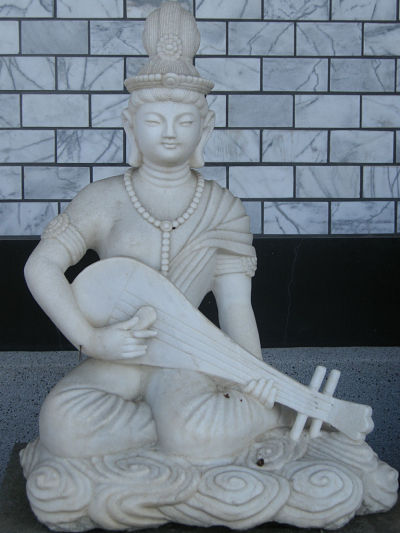
Benzaite (Benten) (弁 财 天) (Associated virtue = Amiability)
– Goddess of Music, Fine Art, Eloquence and Literature
She is the only female goddess among the Shichifukujin, originating from the Hindu-Buddhist tradition. Carrying a Japanese mandolin (biwa), she often sits or stands on a lotus leaf. Sometimes she is depicted as riding on a white dragon, sea serpent or snake.
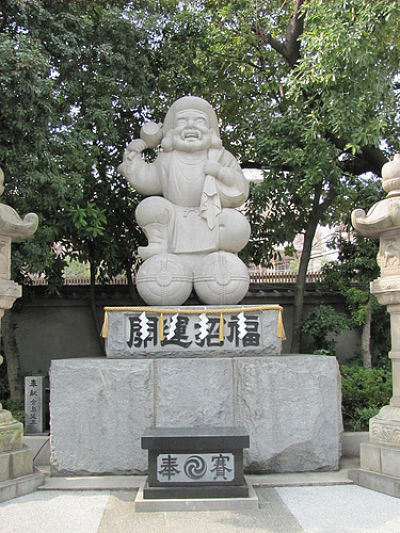
Daikokuten (Daikoku) (大 黑 天) (Associated virtue = Fortune)
- God of Wealth and Prosperity
His origin lies in the Hindu-Buddhist tradition. He is plump, has a smiling face, and wears a beret. He carries a golden mallet and a sack full of treasures.
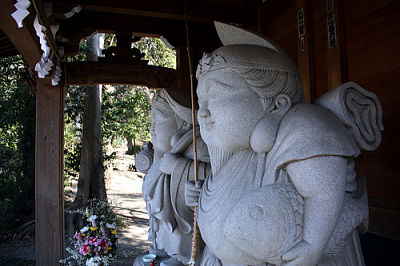
Ebisu (惠 比 须) (Associated virtue = Candour)
– God of Fishermen, the Ocean, Honest Labour and Good Fortune
Among the Shichifukujin, he is the only one from Japanese Shinto tradition. He holds a fishing rod and a red fish.
The fish that he carries is called “Tai”. It is a Japanese symbol for good luck.
The creation of Shichifukujin is generally believed to be in the Muromachi Era (1392-1568).The group is regarded as an auspicious omen and motif of good fortune and longevity.
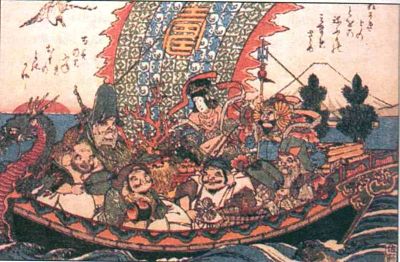
Takarabune, the treasure boat
Tradition shows that the treasure ship bearing the Shichifukujin will arrive at ports on New Year’s Eve. The seven lucky gods will hand out good fortune to their believers. Children often receive monetary gifts that are in the red envelopes emblazoned with the Takarabune (宝船).
The Takarabune is depicted as being loaded with rice bushels and treasures. The kanji for Baku (貘) is sometimes written on the sail or hull of the treasure boat. Baku is an imaginary creature that can ward off bad dreams and ill omens. Often, auspicious cranes and tortoises are depicted in the sky and the sea.
Records from Edo-era indicate that paintings of the treasure ship began in the Muromachi period. Paintings or prints of takarabune usually include a special and auspicious poem which reads the same even when read backwards.
Local customs
It was a popular custom in the Edo period to buy a Takarabune picture on New Year’s Day. On that night, the picture is placed under the pillow to induce auspicious dreams, which is believed will result in good luck and fortune throughout that year.
If it is a lucky dream, you must not leak it out to other people; otherwise, the power will be forfeited.
If the dream is inauspicious, the painting must be set adrift in the river or sea to forestall bad luck.
An image of the mythological Baku can also be used for this purpose.
Such tradition is still practised in modern Japan.
Images of the seven gods of fortune and the Takarabune are frequently seen all over Japan in netsuke carvings, wood carvings, stone sculptures, paintings and other representations.
Rubbing tradition
In Japanese temples or shrines, worshippers are often seen rubbing the head or shoulders of Daikoku or Hotei. It is said that by doing so will bring good luck, wealth, and prosperity.
This rubbing tradition is still widely practised in Japan.

Related Site
© 2011 pinkytoky



